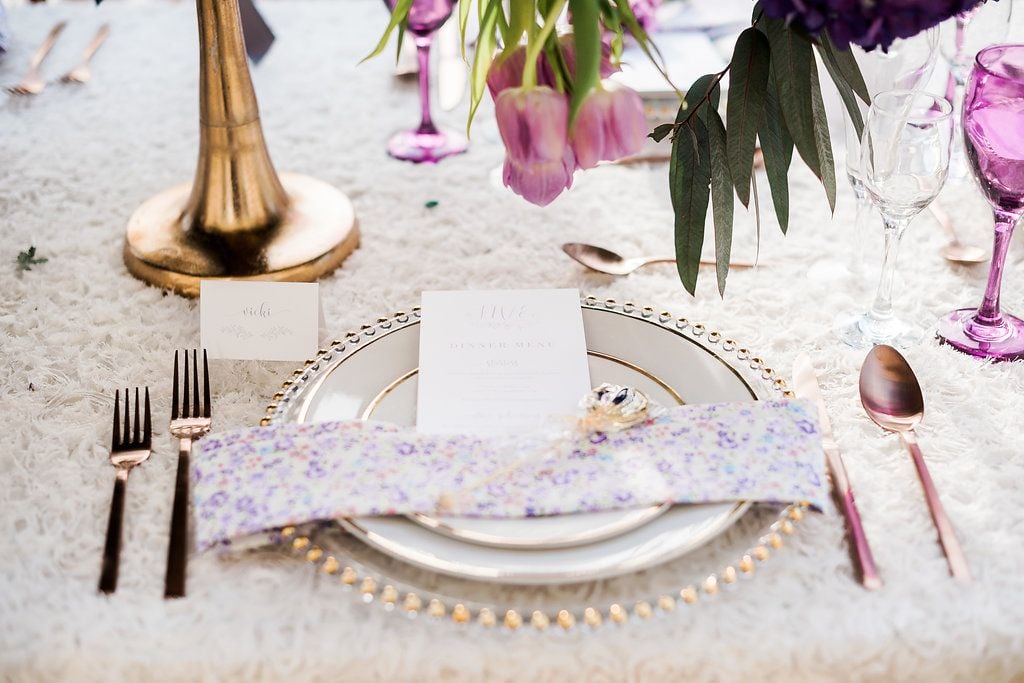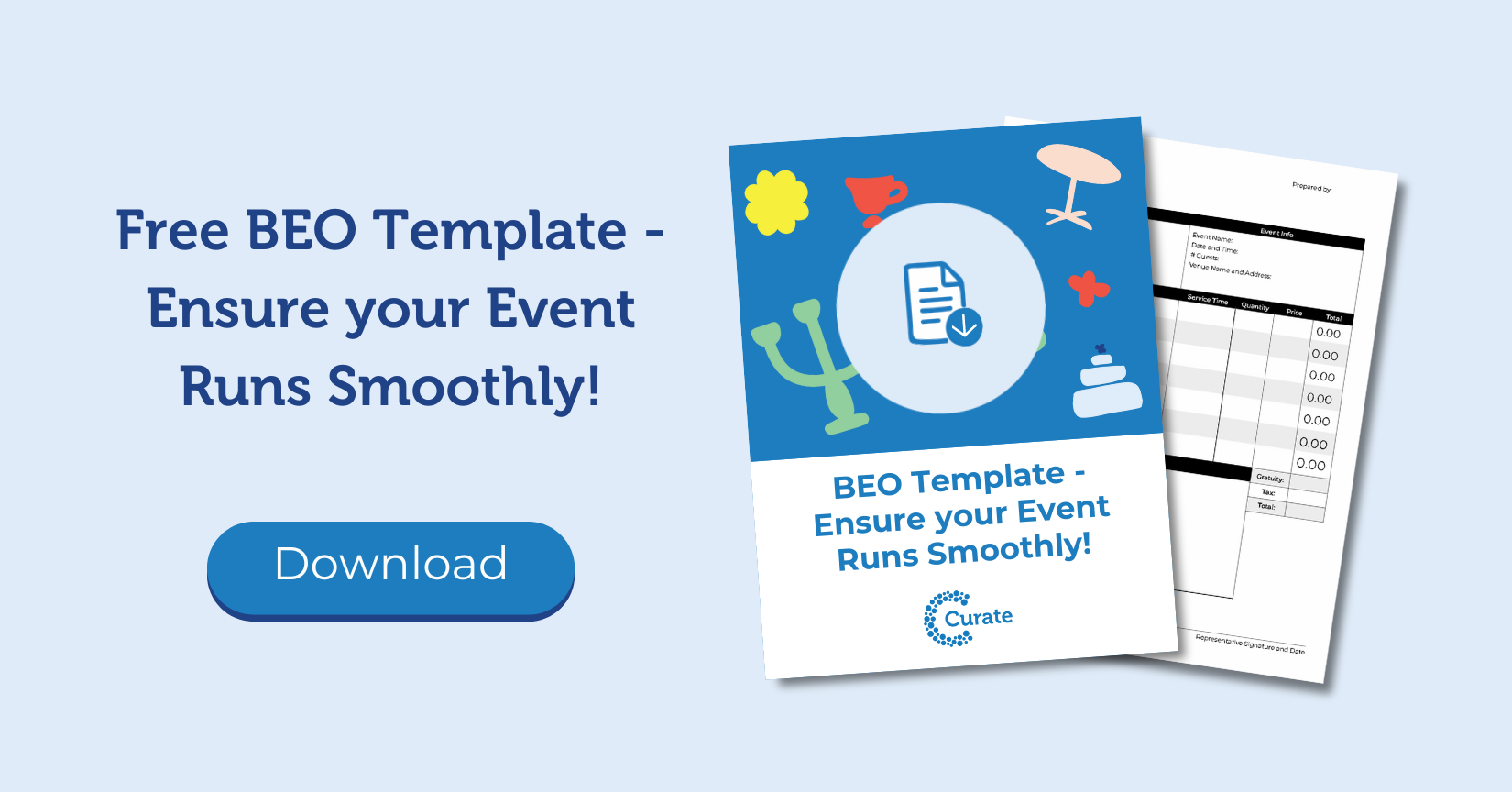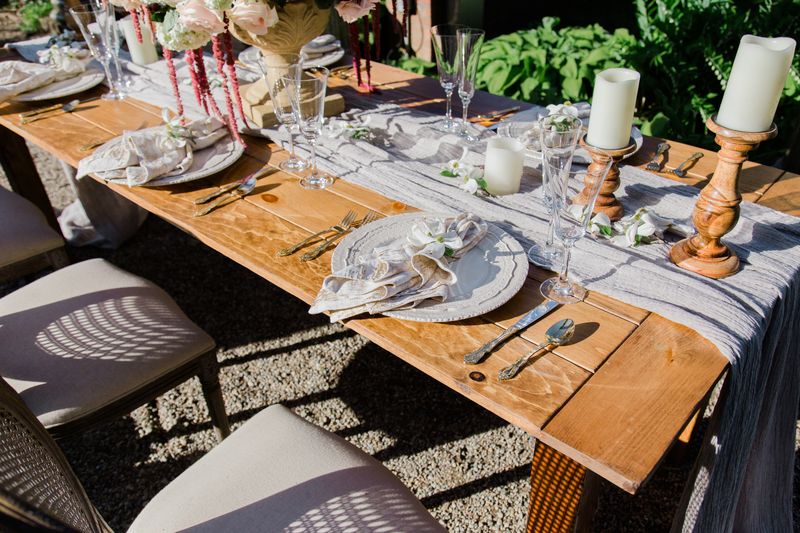Ever wondered why some successful events seem to run so smoothly you barely notice the effort behind the scenes? The secret often lies within a document not many talk about but every event organizer use - the banquet event order (BEO). What is a BEO in event planning, you ask? It’s essentially the blueprint of any well-organized gathering, detailing everything from menu items to room setup. Whether you’re throwing an intimate wedding or overseeing a large corporate conference, understanding and utilizing this tool can turn potential chaos into coordinated harmony.
Table of Contents:
- Unveiling the Banquet Event Order in Event Planning
- Decoding the Elements of a Banquet Event Order
- The Art of Crafting a Comprehensive BEO
- Leveraging Technology in Modern-Day BEOs
- Practical Guide to Using a Banquet Event Order
- Conclusion
Unveiling the Banquet Event Order (BEO) in Event Planning
What is a BEO in Event Planning?
A BEO stands for Banquet Event Order. At its core, this document spills all the beans about an event's must-knows and gotta-haves. Most likely, the event manager at the venue creates the BEO and serves as a guide for all parties involved in the event, including the client, vendors, and staff.
So, picture this as your ultimate goal in event planning. It's the one-stop-shop for everything from the menu to the event diagram. Without it, your event might just turn into a real-life version of "The Hangover" movie. Believe me, that's the last thing you want.
The Importance of BEO in Successful Event Management
Quite simply, a solid BEO ensures the event runs without a hitch and covers all important event details. By doing this, you make planning a breeze, shave off precious time, and end up with clients who can't stop smiling.
It's like having a GPS for your event. Without it, you're just driving around aimlessly, hoping to somehow reach your destination. You want to make sure to include the BEO in your binding contract with some flexibility for requested changes. With a well-crafted BEO, you've got turn-by-turn directions guiding you to a successful account plan.
Decoding the Elements of a Banquet Event Order
Key Components of a BEO: From Menu to Staffing
We've established that a BEO contains all the important details of your event, but what exactly are those details? What specific information can you find on a BEO?
- Event name
- Event details (date, arrival times, start times, end times, location)
- Contact information for key players
- Menu selections and dietary restrictions
- Beverage service details
- Room setup, types of tables, and layout
- Audio-visual equipment needs and requirements
- Event venue staff needs
- Event timeline
Details that Make Up an Effective BEO
From canapes to chiavari chairs, banquets and event planning requires an incredible amount of detail and the best event planners are perfectionists. Whether you're planning a wedding, a conference, or a meeting, you'll likely use a Banquet Event Order to keep track of the intricacies of the event.
A good BEO doesn't leave anything to chance. It covers every aspect of the event, from the type of wine glasses on the tables to the background music playing during cocktail hour. The more detailed your BEO, the smoother your event will run.
The Art of Crafting a Comprehensive BEO
Who is Responsible for Creating a BEO?
The responsibility for creating a BEO typically falls on you. – the event planner or manager at the venue. However, your client or event planner needs to communicate what they expect and any special requests or love notes they want to send to you. Everything should be on the B-E-O.
This is why caterers and venues like restaurants, hotels, convention and conference centers, wedding venues, banquet halls and special event facilities utilize the banquet event order and why it is a critical part of their venue management systems and processes.
Best Practices for Drafting an Effective BEO
A BEO is typically created by the catering sales manager or event manager whenever the event is planned and finalized. As we plan the event, this document is like a living thing—it grows and changes right along with our ideas. When the BEO is finalized, it needs to be carefully reviewed by both the unique venue and the planner before signing.
Some best practices for drafting an effective BEO include:
- Be as detailed as possible
- Use clear, concise language
- Include all relevant attachments (floor plan, menus, etc.)
- Double and triple check all vital information
- Get sign-off from all parties involved
Leveraging Technology in Modern-Day BEOs
Embracing Digital Tools for Efficient BEO Management
Gone are the days of paper BEOs and endless email chains. Nowadays, we're lucky to have so many digital tools at our fingertips that make organizing Banquet Event Orders a breeze. From event management software to catering management platforms, technology is making it easier than ever to create, manage, and share BEOs.
With these solutions at your fingertips, you can work together in real time, keep track of last-minute changes easily, and ensure everyone involved has access to what they need without breaking a sweat. Also, they play well with other systems like keeping tabs on inventory and handling bills, which just streamlines the whole event planning journey.
The Future Outlook: How Technology is Revolutionizing BEOs
As technology keeps moving forward, you can bet that BEO management tools are going to get even better and more capable. Looking ahead, we're bound to see more gadgets doing our tasks for us, with AI tossing up suggestions and even virtual and augmented reality popping into the mix.
Imagine being able to virtually walk through your event space and see your BEO come to life before the big day. Or having an AI assistant suggest menu items based on dietary restrictions and past event data. The possibilities are endless.
Practical Guide to Using a Banquet Event Order
Step-by-Step Process to Fill Out a BEO
Now that we've covered the importance and components of a BEO, let's dive into the key things to actually filling one out. Here's a step-by-step guide:
- Gather all necessary event details for the day of the event (date, time, location, expected guest count, etc.)
- Work with the client to determine menu selections, beverage service, vegetarian options, and any dietary restrictions
- Determine room setup and layout needs
- Identify audio-visual requirements
- Estimate staffing needs based on event size
- Create a detailed order of events
- Input all information into your chosen BEO template or software solutions
- Double check all details for accuracy
- Share the completed BEO with all relevant parties for review and sign-off
Sharing and Implementing the BEO with Your Entire Team
A BEO is created for every individual event. So, a full day or multi-day function with several events lined up will have multiple BEOs. Usually, the person or team heading up catering or the event manager is in charge of creating the BEO packet and distributing it to the relevant stakeholders.
Once the BEO is finalized and signed off on, it's time to put it into action. Share the document with all team members involved in executing the event, from the kitchen staff to the servers to the AV technicians. Make sure everyone understands their roles and responsibilities, and has access to the most up-to-date version of the BEO.
During the event, use the BEO as your guide. Refer to it often to ensure everything is running according to plan. And don't forget to take notes on any changes or issues that arise – these will be valuable learnings for future events.
Key Takeaway:Mastering BEOs is like having a secret weapon for event planning. They guide everything from menu to setup, making sure your event goes off without a hitch. So dive in, detail every aspect, and use digital tools to keep it all smooth. |
Conclusion
So there we have it. Just when Hollywood had us convinced every robot was out for world domination, along comes something as fundamentally helpful as a BEO – proving AI and meticulous planning tools are truly here to serve us. This quiet achiever of a flawless event planning world ensures no detail gets overlooked; from dietary restrictions right down to valet parking arrangements. In grasping what is a beo in event planning, we uncover not just another acronym but rather an indispensable ally that promises more than just survival amidst frantic preparations—it guarantees success.



